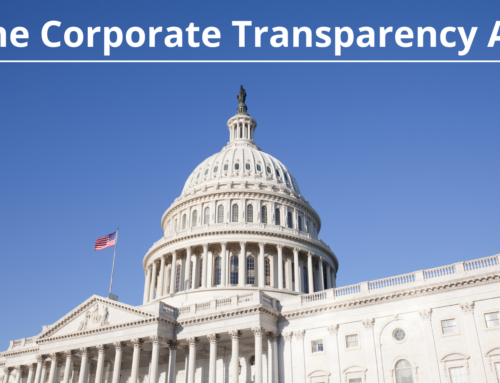The pandemic has delivered a major blow to hundreds of industries in the United States and around the world. Nonprofits have been struck hard, and many have been forced to make cuts to their staff or shut their doors altogether. While the CARES Act that was passed in March of 2020 helped, it did limit businesses to taking either the Paycheck Protection Program (PPP) or the Employee Retention Credit (ERC). However, this changed when the Consolidated Appropriations Act of 2021 was signed on December 27th. Under this act, nonprofit organizations could take advantage of both. The act also enhanced and extended the act through the first two quarters of 2021. Are you a nonprofit and wondering how this act will affect you? Here’s what you need to know.
What is the ERC?
The ERC is a payroll tax credit that refunds you for the wages you pay and health coverage you provide to your employees if your operations were either partially or fully suspected due to a pandemic-related government order or if the pandemic caused a major reduction in gross receipts. To help offset your costs for retaining employees, you can claim the ERC quarterly unlike the PPP loan, which was offered on a first-come, first-serve basis.
Tax-exempt nonprofit organizations can take advantage of the ERC. If you work for a hospital, school, performing arts center, church, or other nonprofit and you have not yet taken advantage of the ERC, you should consider doing so now. Remember, even if you’ve already taken a PPP loan, you can still apply for an ERC in 2021.
How Do I Know If I’m Eligible for the ERC?
If you work for a nonprofit and want to know if you are eligible for an ERC, you will have to meet one of these criteria during the calendar quarter you are applying for:
- Your organization had a significant decline (more than 50%) in gross receipts compared to 2019 in any one given quarter. If your organization was not formed until 2020, you can compare 2021 quarterly receipts to 2020 quarters. In 2021, the threshold drops to a 20% decline in gross receipts.
- Your operations were partially or completed suspended due to a government authority that limited activities due to the pandemic.
Which Wages Can I Claim for the ERC?
If you are a small employer with a staff of less than 100 full-time employees, you can claim credit for all the wages you paid to your employees whether they are providing services or not. For 2021, “small employers” will be considered those with staff under 500. Qualified healthcare expenses are considered wages. Even if you have furloughed employees and are still paying their healthcare expenses, you can still claim their health expenses.
Large employers under the above guidelines can claim the wages they paid employees from the time the employees were not providing services. This encourages employers to retain their employees even when they are not fully operational.
For the ERC, a full-time employee is considered one who works an average of at least 30 hours per week or 130 hours per month. Part-time employees who work less than 30 hours per week are not counted when determining large or small business status.
Can I Use the Same Wages to Compute ERC and PPP Loan Forgiveness?
No. If you use wages to claim the ERC, you cannot also count them as payroll costs for determining the amount of PPP loan forgiveness you will receive. If you want to have your PPP loan fully forgiven while still benefiting from the ERC, you will need to have sufficient wages to cover both.
Are you a nonprofit organization and have more questions about the ERC or PPP? Please reach out to one of our knowledgeable accountants so we can answer any of your questions.





